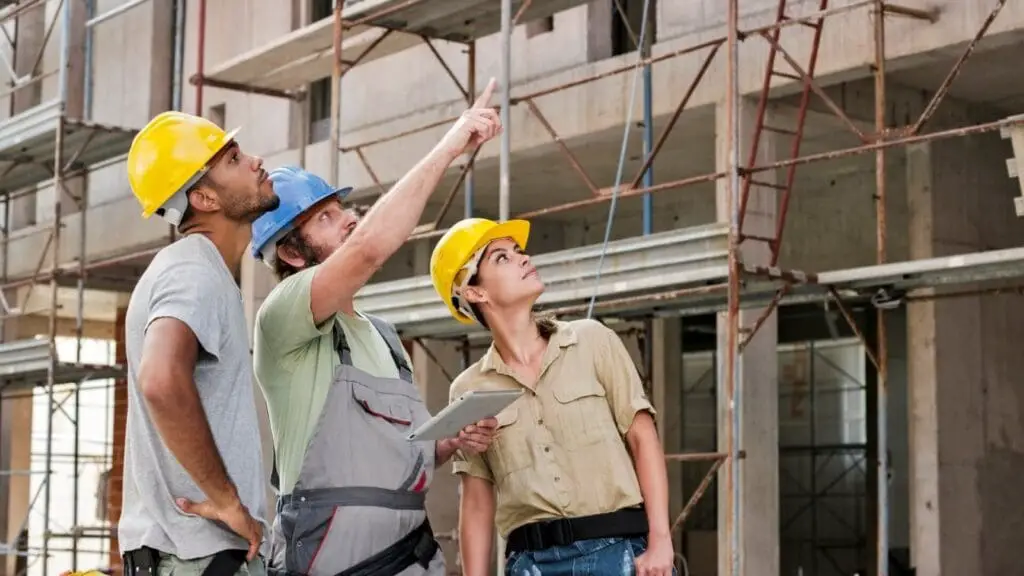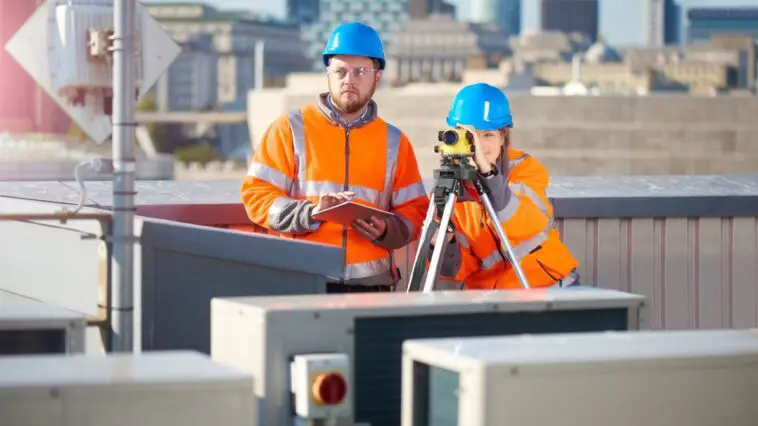The Convergence of 3D Laser Scanning and Virtual Reality
The convergence of 3D laser scanning and virtual reality represents a groundbreaking advancement within the professional realm. 3D laser scanning technology enables the creation of highly accurate digital representations of real-world objects or environments, capturing intricate details with precision and speed. By integrating this data into virtual reality, professionals can immerse themselves in realistic simulations, opening up a multitude of possibilities across industries. Architects and engineers can visualize designs at an unprecedented level, facilitating better decision-making processes and enhanced collaboration. Similarly, archaeologists can digitally preserve ancient artifacts in their original context, enabling advanced research without physical damage. The application of these technologies extends beyond construction and archaeology. Museums can provide engaging experiences by reconstructing historical sites or showcasing rare exhibits virtually. The convergence of 3D laser scanning and virtual reality presents endless opportunities for professionals to revolutionize their respective fields and drive innovation forward.
Understanding 3D Laser Scanning:
What is 3D Laser Scanning?
Imagine a device that can capture the physical world in intricate detail, creating a digital replica that’s nothing short of awe-inspiring. That’s precisely what 3D Laser Scanning does. It employs laser beams to meticulously measure objects and environments, collecting data points in rapid succession. These data points form what’s known as a point cloud—a digital representation of the real world in 3D.
Benefits and Applications:
3D Laser Scanning isn’t just a cool technological feat; it’s incredibly practical. Its applications are diverse, ranging from architecture and construction to archaeology and forensics. Engineers, architects, surveyors, and many other professionals leverage 3D Laser Scanning services to capture accurate measurements, assess structures, and streamline processes.
Benefits:
- Accurate measurements: 3D laser scanning can capture highly accurate measurements of objects and environments. This can be used for a variety of purposes, such as creating CAD models, generating as-built drawings, and assessing structural integrity.
- Reduced risk: 3D laser scanning can be used to assess and map dangerous or inaccessible areas, such as collapsed buildings or crime scenes. This can help to reduce the risk to workers and investigators.
- Improved efficiency: 3D laser scanning can streamline many processes, such as surveying, construction, and inspection. This can save time and money.
- Enhanced visualization: 3D laser scanning can be used to create 3D models and visualizations of objects and environments. This can be helpful for planning, design, and communication.
Applications:
- Architecture and construction: 3D laser scanning is used in architecture and construction for a variety of purposes, such as creating as-built drawings, assessing structural integrity, and planning renovations.
- Engineering: 3D laser scanning is used in engineering for a variety of purposes, such as designing bridges, pipelines, and other structures.
- Archaeology: 3D laser scanning is used in archaeology to document and study ancient sites.
- Forensics: 3D laser scanning is used in forensics to create crime scene models and reconstruct accidents.
- Film and video: 3D laser scanning is used in film and video to create realistic sets and props
- Gaming: 3D laser scanning is used in gaming to create realistic environment
Best Practices in Data Acquisition:
- Scanning Techniques and Strategies:
Effective 3D Laser Scanning involves careful planning. Professionals choose from various scanning techniques, including terrestrial scanning for stationary objects or mobile scanning for larger, dynamic environments. Strategies like scan positioning and selection are crucial for comprehensive data capture.

- Overcoming Common Challenges:
However, the road to perfect scans isn’t always smooth. Challenges such as data registration errors, environmental factors, and the presence of occlusions can complicate the process. Mitigating these issues requires expertise and a keen understanding of scanning technology.
Data Processing and Point Clouds:
- Managing and Processing Scan Data:
Now that we have our scan data, what do we do with it? Processing and managing this wealth of information are essential. Specialized software helps filter, clean, and organize the data into coherent point clouds, which serve as the foundation for our VR environments.
- Creating High-Quality Point Clouds:
The quality of your point clouds can significantly impact the VR experience. High-resolution point clouds ensure that the virtual environment faithfully mirrors the real world, enhancing realism and immersion.
Integration with Virtual Reality:
- Importing Point Clouds into VR Platforms:
Here’s where the magic happens. To create VR environments, we import our point clouds into VR platforms like Unity or Unreal Engine. These platforms allow us to convert static data into dynamic, interactive worlds.
- Choosing VR Hardware and Software:
Creating a VR environment involves choosing the right hardware and software. VR headsets, controllers, and tracking systems all contribute to the user’s experience. Selecting the best tools for your project is crucial.
Some laser scanning software applications & technology:
- Leica Cyclone REGISTER 360: This software is used to register and process 3D laser scan data. It is used in a variety of industries, including architecture, engineering, construction, and surveying.
- Autodesk ReCap: This software is used to create 3D models from 2D images or laser scan data. It is used in a variety of industries, including architecture, engineering, construction, and manufacturing.
- LiDAR: LiDAR is a type of laser scanning that uses light to create 3D models of objects and environments. It is used in a variety of industries, including mapping, surveying, and archaeology.
Designing User-Friendly VR Environments:
- User Interface and Interaction Design:
A VR environment is only as good as its user interface (UI) and interaction design. These elements determine how users navigate and interact within the virtual world. Intuitive, user-friendly design enhances the overall experience.
- Ensuring Accessibility and Usability:
Accessibility is paramount. Designing VR environments that accommodate users with varying levels of experience and physical abilities ensures inclusivity and usability.
Optimizing Performance:
- VR Environment Optimization Techniques:
To ensure a smooth and enjoyable VR experience, optimization is key. Construction Techniques like reducing polygon counts, optimizing textures, and implementing occlusion culling help maintain performance.
- Achieving Realism and Immersion:
Realism is the ultimate goal. Attention to detail, realistic physics, and dynamic lighting all contribute to creating an immersive VR world that feels tangible and convincing.
Future Trends and Developments:
- Emerging Technologies and Innovations:
As technology evolves, so do VR and 3D Laser Scanning. Keep an eye on emerging trends like 5G connectivity, augmented reality (AR) integration, and improved feedback, as these will shape the future of VR environments.
The convergence of 3D Laser Scanning and Virtual Reality opens up boundless possibilities for professionals and enthusiasts alike. These technologies bridge the gap between the physical and digital realms, enabling us to explore, create, and experience like never before. As we venture into this exciting frontier, the future of VR environments is limited only by our imagination and innovation. So, don your headset and get ready to explore the endless landscapes of virtual reality, crafted with the precision of 3D Laser Scanning.




